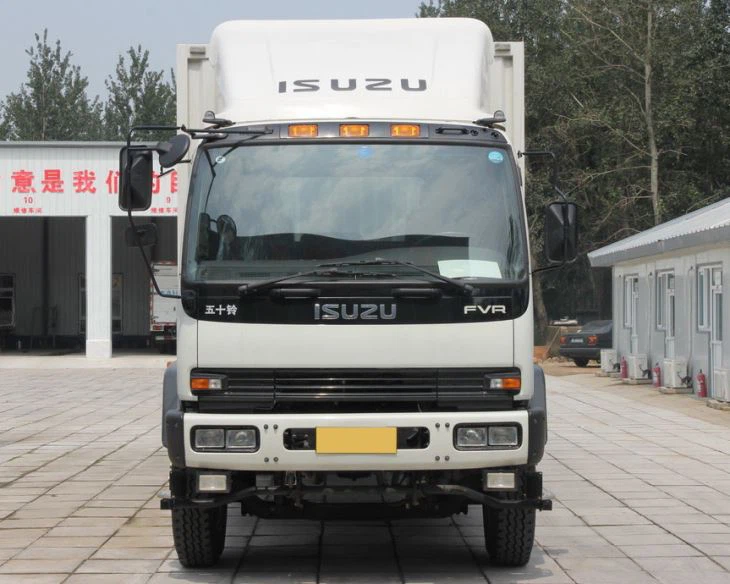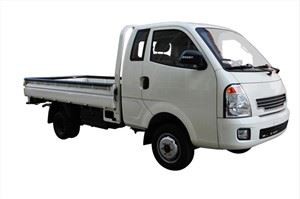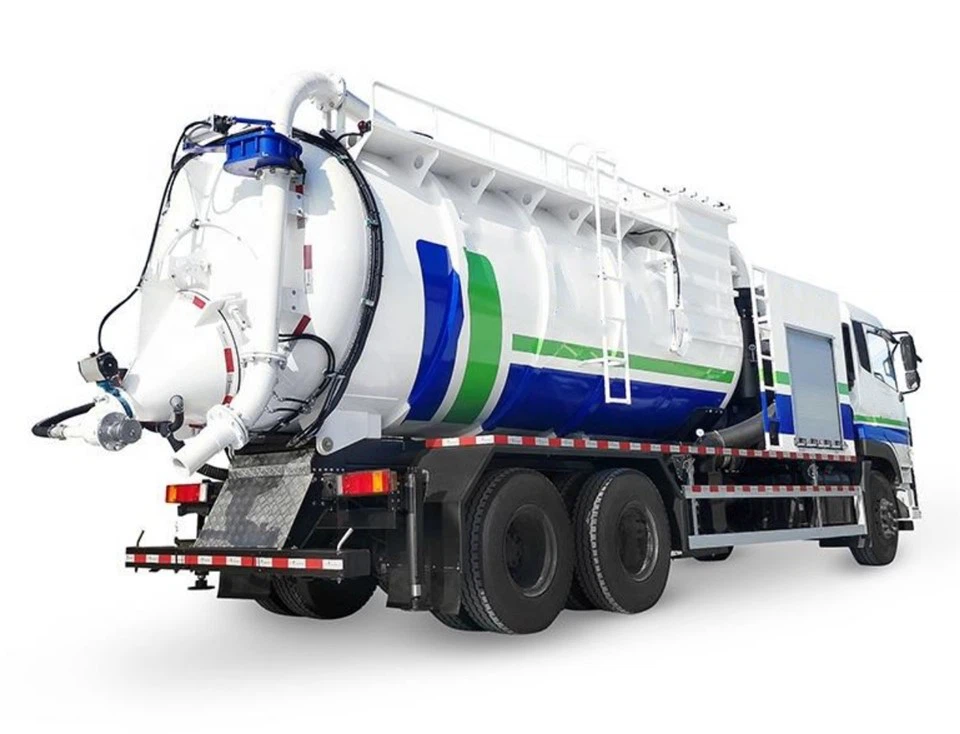Crane Carrier: An In-Depth Look at the Heavy Lifting Solution

Introduction
The crane carrier serves as a versatile and powerful tool essential in various industries, particularly in construction and heavy hauling. Combining the capabilities of both a crane and a vehicle, these machines facilitate the transportation and lifting of heavy loads with unparalleled efficiency. In this article, we will explore the different types of crane carriers, their applications, maintenance tips, and much more. By the end, you will have a thorough understanding of the crane carrier’s role in modern heavy lifting operations.
Understanding Crane Carriers
What is a Crane Carrier?
A crane carrier is a specialized vehicle designed to transport loads and lift heavy materials to elevated positions. Unlike traditional cranes, crane carriers are built on an automotive chassis, allowing them to traverse different terrains while carrying out their lifting tasks. These machines are often equipped with hydraulic systems for lifting and have varying boom lengths and lifting capacities depending on their specific design.
History of Crane Carriers
The evolution of crane carriers can be traced back to the early 20th century when the need for efficient material handling solutions in construction intensified. The introduction of hydraulic technology revolutionized the lifting capabilities of cranes, leading to the development of mobile crane carriers. Today, companies manufacture crane carriers in various sizes and configurations to meet diverse industry needs.
Types of Crane Carriers
1. Truck-Mounted Crane Carriers
Truck-mounted crane carriers are perhaps the most recognizable type, featuring a crane attached to a truck’s chassis. They offer significant mobility, making them suitable for construction sites that require quick setup and repositioning.
Advantages
- High mobility and flexibility
- Ideal for urban or confined job sites
- Simplified transport and setup
Limitations

- Limited lifting height compared to tower cranes
- Payload capacity can be restrictive
2. All-Terrain Crane Carriers
Designed for rugged environments, all-terrain crane carriers can traverse rough terrains while still providing lifting capabilities similar to larger cranes. They are commonly used in construction sites where the ground conditions can be challenging.
Advantages
- Excellent off-road performance
- Versatile for various lifting applications
- Suitable for uneven surfaces
Limitations
- Higher initial investment cost
- More complex operation compared to simpler models
3. Crawler Crane Carriers
Crawler cranes are built with tracks instead of wheels, making them ideal for heavyweight lifting on soft ground. They distribute their weight evenly, reducing the risk of sinking or instability.
Advantages
- Stability on unstable surfaces
- Can lift very heavy loads
Limitations
- Limited mobility between sites
- Long setup time compared to truck-mounted models
Applications of Crane Carriers
1. Construction Industry
In construction, crane carriers are indispensable for lifting heavy materials such as steel beams and precast concrete elements. They play a critical role in erecting structures and maintaining site safety.
2. Oil and Gas Sector
Crane carriers are frequently used in the oil and gas sector for the installation and maintenance of drilling rigs and pipelines. Their ability to transport heavy equipment over varying terrains makes them essential in remote locations.
3. Infrastructure Development
During road and bridge construction, crane carriers facilitate the lifting and placement of heavy materials. They are also used in maintenance and repair work on existing infrastructure.
4. Heavy Industrial Applications
Factories and manufacturing plants utilize crane carriers to move heavy machinery and materials throughout their facilities, enhancing productivity and safety.
Key Components of a Crane Carrier
1. Chassis
The chassis is the foundation of a crane carrier, influencing its stability and load-bearing capabilities. It is often designed to withstand heavy loads and various environmental conditions.
2. Boom
The boom is the extendable arm that allows the crane carrier to lift loads to different heights. The design and length of the boom can vary significantly between models.
3. Hydraulic System
The hydraulic system powers the lifting and tilting mechanisms of the crane carrier, allowing for precise control over heavy loads. Proper maintenance of this system is crucial for safe operation.
4. Counterweights
Counterweights are added to crane carriers to enhance stability during lifting operations. They balance the load and prevent tipping during operation.
Maintenance and Safety Tips for Crane Carriers
1. Regular Inspections
Conducting regular inspections ensures that the crane carrier is functioning correctly. Key components to inspect include the hydraulic system, boom conditions, brakes, and tires.
2. Operator Training
Only trained personnel should operate crane carriers. Proper training involves understanding the equipment’s specifications, safety protocols, and load limits.
3. Load Management
Understanding load limits is critical for safe operation. Operators should always know the maximum capacity and distribute the weights evenly to maintain balance.
4. Environmental Considerations
Be aware of weather conditions and terrain difficulties that may affect lifting operations. Ensure ground stabilization if needed, particularly during wet or adverse weather conditions.
Choosing the Right Crane Carrier for Your Needs
1. Assess Your Job Requirements
Identify the nature of the work you’ll be performing. Consider the weight of loads, required lifting heights, and frequency of moves.

2. Understand Terrain Conditions
Evaluate the type of terrain where you will be operating the crane carrier. Select a model that can handle the specific environmental challenges of your worksite.
3. Budget Considerations
Factor in not only the purchase or rental cost of the crane carrier but also operational costs such as maintenance, fuel consumption, and insurance.
Technological Advancements in Crane Carriers

1. Automation
Recent advancements in automation have led to the development of crane carriers with enhanced operational capacity. Automated systems can improve safety and efficiency on worksites.
2. Telemetry and IoT Integration
Many modern crane carriers are equipped with telemetry systems that provide real-time data on performance and diagnostics, helping owners to better manage their equipment.
3. Improved Materials
New materials used in the manufacture of crane carriers increase durability and reduce weight, contributing to better fuel efficiency and lifting capacity.
Frequently Asked Questions (FAQs)
1. What weight can crane carriers lift?
The lifting capacity varies widely depending on the model; most can lift anywhere from a few tons to over 100 tons.
2. How do I choose between different types of crane carriers?
Consider the specific requirements of your project, including load weight, height, terrain, and mobility needs.
3. What is the average cost of renting a crane carrier?
Rental costs can range from $150 to $1,000 per day depending on the crane’s capacity and location.
4. How do I ensure the safety of crane operations?
Ensure that operators are trained, conduct regular equipment inspections, and follow safety protocols in place at your worksite.
5. Do crane carriers require special licenses to operate?
Yes, depending on local laws and regulations, operators may need specific licenses or certifications to legally operate crane carriers.
6. What maintenance is typically required for crane carriers?
Maintenance usually includes regular hydraulic fluid checks, tire inspections, boom evaluations, and general cleanliness of the machinery.
